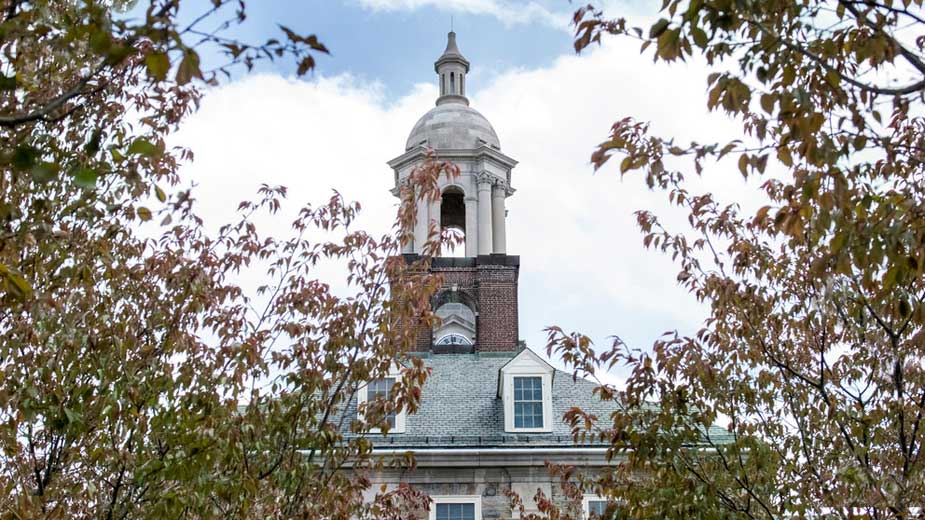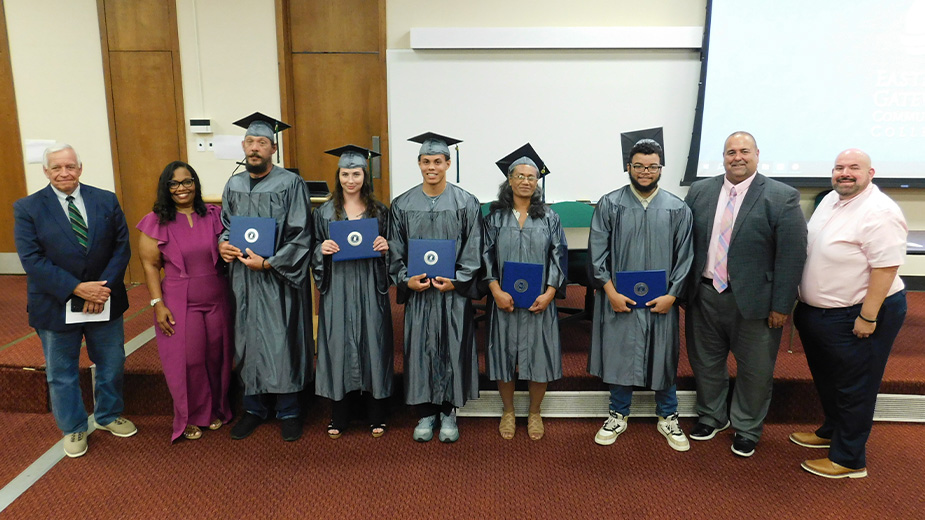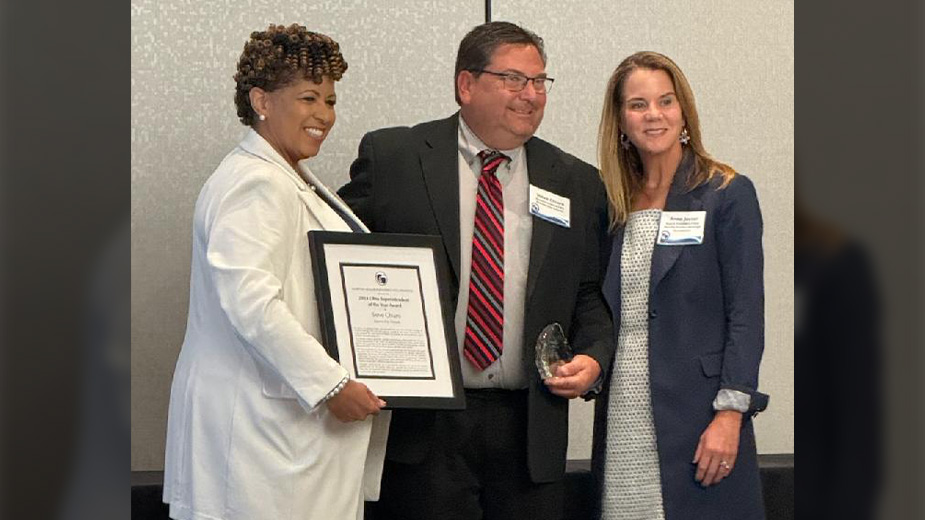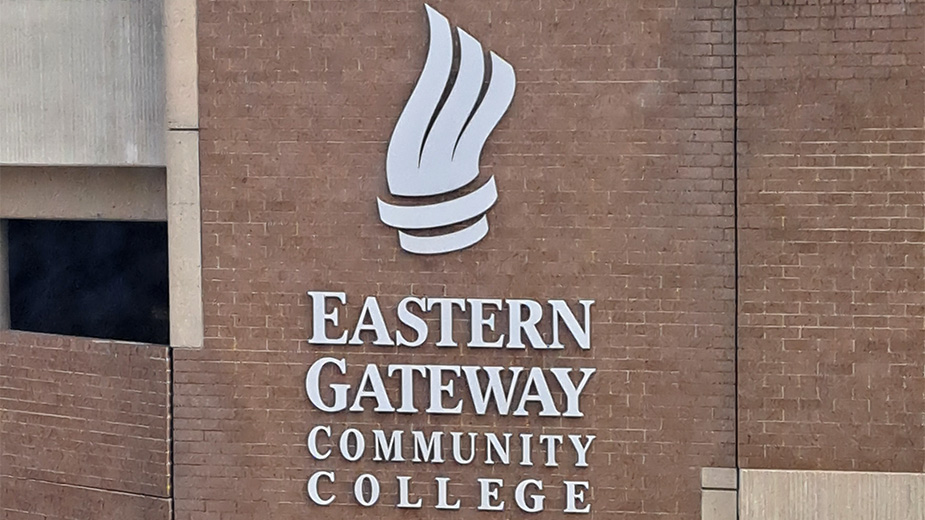Penn State Task Groups Planning for the Future
UNIVERSITY PARK, Pa. — As Penn State continues to address the challenges and plan for future phases that the coronavirus pandemic presents, three task groups have been formed and are focusing on critical areas impacting students, faculty and staff.
The groups are working together to establish the necessary infrastructure and processes, consistent with public health and scientific guidelines, to create a plan for students, faculty and staff to return to campus, the university said.
“At this time, the university remains optimistic for a fall return to on-campus learning in line with the latest directives and guidelines from the governor and other government and public health authorities. We will continue to keep the university and local community informed and plan to provide additional updates and information by June 15, if not earlier,” said Penn State President Eric Barron. “As the pandemic unfolds by the hour and day, our top priority remains the health and safety of our students, faculty, staff and broader community.”
Universities across the country are weighing myriad options for the fall semester — ranging from fully online to a hybrid model, delayed opening or in-person classes.
While Penn State says its current plan is to prepare for a return to campus in the fall and resume in-person instruction, leaders are simultaneously planning for a variety of scenarios if circumstances or guidance from the government and public health authorities change and a reassessment is needed. In the coming weeks, these Penn State task groups will continue to identify needs, priorities, resources and “triggers,” or identifiable milestones, to which plans and decisions should be tied, the university said.
The three task groups are advising senior leaders and are collaborating closely — as their analyses overlap and the work of one group greatly impacts the others. The groups include:
1) Public Health and Science Assessment is continuing to assist University leaders in making evidence-based decisions in line with health guidelines from the Centers for Disease Control and Prevention, World Health Organization, Pennsylvania Department of Health and Gov. Tom Wolf. The group is following epidemiological and diagnostic developments and scenarios, reporting on the latest public health policies and research, and assembling and tracking transmission data and the number of COVID-19 cases in Pennsylvania and beyond. The group is also analyzing infrastructure across campuses to evaluate and prepare for a range of needs.
2) Return to Work, comprised of chancellors, deans, faculty and research experts and others, is formulating plans for faculty and staff to return to work, taking into consideration protocols for social distancing, remote work, schedules, shared offices and workspaces, needed resources, employee support programs and more. As Gov. Wolf prepares to roll out a phased plan for reopening regions across the state — consisting of red, yellow and green phases — the university also will implement a regionally phased return to campus.
3) The Return to Campus and Community group is comprised of a representative body of University leaders, faculty experts and staff, that also will seek contributions from student leaders in considering the potential return of students — which may vary by region — and others to campuses, communities and in-person instruction. Informed by health data, this group’s efforts continue to evolve and encompass such considerations as on-campus living and housing, student dining, shared facilities and spaces, classrooms and labs, student activities, and more.
These groups are working closely with the 12 existing action groups, which have been meeting regularly since early March.
“While we wish there was a simple return to normal, there isn’t; however, as we proceed forward we must account for the ever-changing health dynamics at play and consider that a one-size-fits-all approach might not make sense for every program, college and campus across our institution,” said Nick Jones, executive vice president and provost. “This is a complex task with short-term questions and long-term challenges to work through, not just for Penn State, but for all of higher education and our nation. The new reality is that COVID-19 must be factored into every decision and every aspect of campus life. We’ll continue to face this new normal with the same outstanding resilience that our students, faculty and staff have exhibited over the past months. We’ll get through this together.”
Pictured at top: Old Main in springtime. Image: Patrick Mansell
SOURCE: Penn State University news service.
Published by The Business Journal, Youngstown, Ohio.



